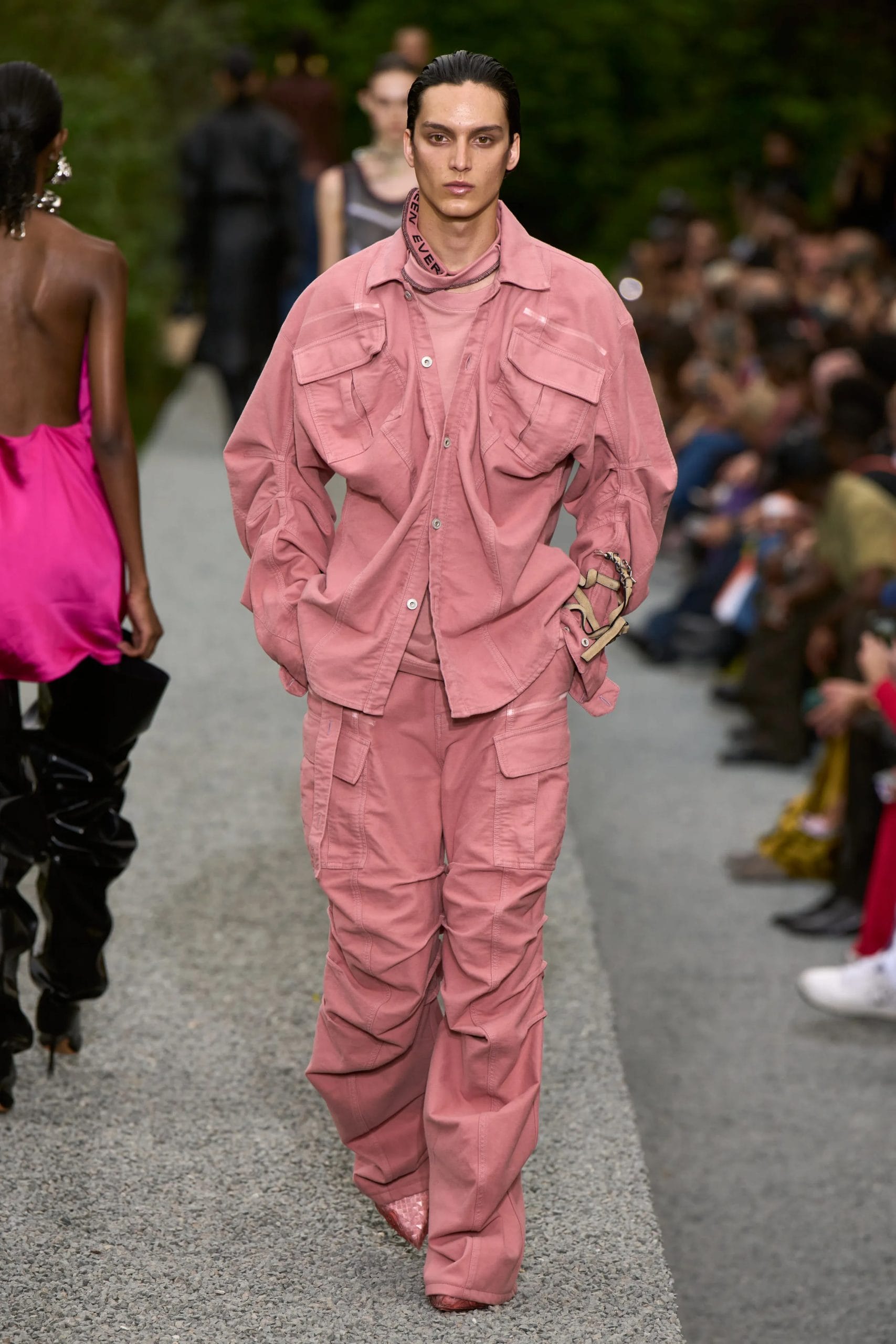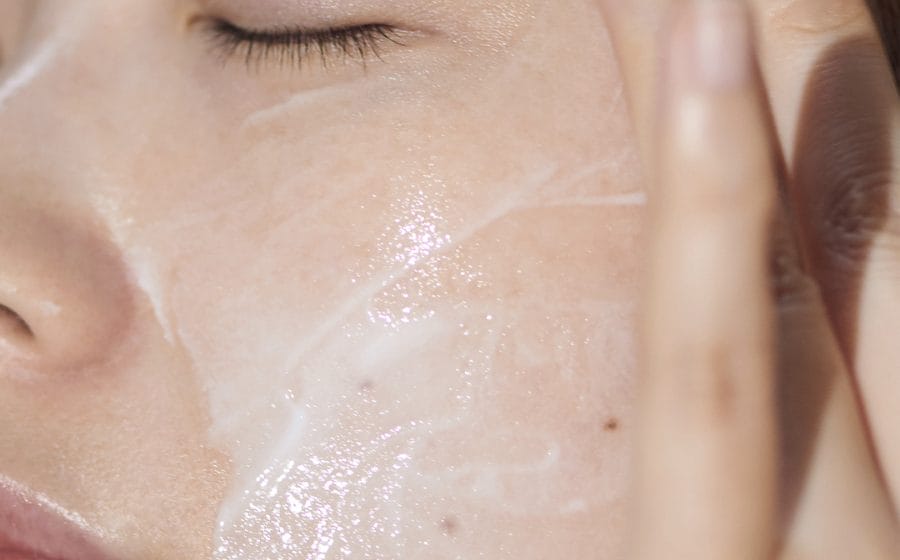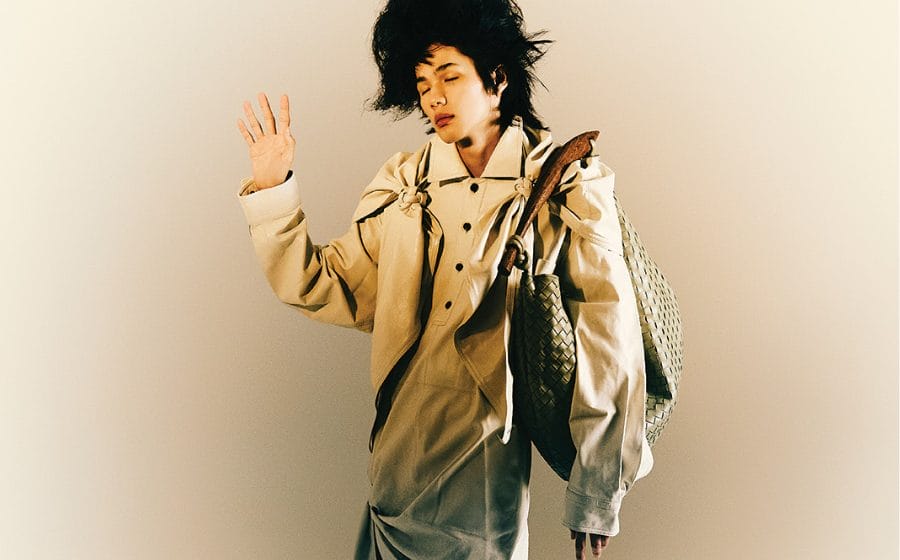 Fashion’s inversions are just wearers’ interpretations. As society moves toward ironic attire, Men’s Folio breaks down the appeal of remixed styling.
Fashion’s inversions are just wearers’ interpretations. As society moves toward ironic attire, Men’s Folio breaks down the appeal of remixed styling.
Tops are worn inverted, cardigans are lazily slung, and buttons have been incorrectly buttoned — dishevelled dressing is in. This season, Givenchy presented a cacophony of hoodie-overlaid vests and raw-cut melange skirts. In the same collection, double-layered hoodies and denim cargos adorned with veneers in the shape of micro-minis also made appearances. Dior Men styled its Fall/Winter ’23 cashmere sweaters as partially worn and almost ill-draped. Indie labels are also following suit — Commission’s Spring/Summer ’24 collection, titled ‘Unpressed’, showcased minute rips and cuts, statement asymmetry and an overwhelming penchant for wrinkles and draping. Y/Project, too, has a distinct brand of intentionally peculiar products — be it for wiring its jeans or adding a multitude of collars to its polos.




Camp Crease
“Do away with the iron” — suggests countless international fashion figures. Ex-Gucci creative director Alessandro Michele has also been vocal about his distaste for tidied impressions. “Whenever I give someone something to iron, I say the thing should look like it’s been lying in a suitcase for a few days.” As houses collectively move toward a vision of crumpled-rumpled-goodness, the mess-dress development has shed its preceding infamy for mainstream glorification. However, this is merely a microcosmic reflection of the fashion community’s movement toward the unkempt at large. Balenciaga has contentiously pioneered this, having built a dichotomic legacy. Clean cuts and well-executed silhouettes were prized in the past, as per Cristóbal Balenciga’s designs. But since he took the helm, Demna has presented an obverse, manifesting years of eclectic oversized, remixed, and outlandish iterations for the house. The Georgian’s latest season shows no signs of slowing down, too, presenting a flurry of jackets with inbuilt hunches for this season.



Easing Ease
Though the trend visually skews away from the glamour and perfection of heritage collections, the dominance of messiness in today’s climate is perhaps a reflection of society’s state of mind. Underpants as pants no longer hold faux pas status, as declared by Jonathan Anderson at Loewe. Luxurious silk boxers and looks sans pants ran down the runway, justified by The New York Times as a byproduct of the “explosion of COVID-induced lockdowns”. For sure, it is hectic — as the headlines surrounding hard news are mostly depressing (see: looming economic crises, now-irreversible global warming or the onslaught of political stressors), the trend toward inverse fashion mirrors the topsy-turvy of the global condition. Why should comfort take a backseat when the world around us is burning? And if comfort is the aim, why scrimp on indulgence?




Individual Take
Conversely, the inclination towards the inverse is also indicative of expression. As social media now runs society, individualism is golden. Personal style — a buzzword thriving on TikTok — is highly contested. Burgeoning fashion profiles attempt to distinguish themselves from the larger community by showing off alternative ways of wearing. Where influencers advocate for new seasons as a whole, a large majority of the KOL population has steered toward curating individualised, genre-specific lookbooks and style guides to cater to each subculture-leaning audience. For instance, fashion creator Wisdom Kaye has 9.2 million followers on TikTok, most of whom subscribe to be updated on Kaye’s ostentatious and distinctive takes on press dressing, which he tailors to his taste, regardless of the brand’s identity in the public sphere. And as part of the influencer-influenced cycle, mass audiences are sure to adopt and emulate.
Gone are the days when uniformity was cool. 2014’s era of Tumblr-informed band tees, HUF socks and PYREX-everything uniforms have no standing in today’s society where being different is everything. While connotations of status and symbol still run rife in the circles, the proliferation of “-core” aesthetics now gives the new generation an idea of which factions they want to lie in. But even within respective -cores, the sense of alliance is insufficient. There is a constant struggle among members to discover and own the next it-brands or pieces that resonate with one’s style.



Hello Future
And perhaps, finally, it all boils down to intention — and thus, reinvention. Demna’s alma mater, Maison Margiela, has been accredited for an innovative, futuristic vision of the raw and weird, wherein Martin Margiela himself has a notable legacy of fashioning wigs and plates into coats. Rei Kawakubo of Comme Des Garçons is perhaps the revolutionary of it all. In the 1980s, the Japanese designer did away with the corrals of societal expectations of womenswear. She embraced asymmetry and shunned form-flattering silhouettes and, in the process, developed a legion of die-hard followers. Creating new forms and ways of wear can only be achieved by discarding the arbitrary association of “clothes” as they are known to open the minds of a mass community and reshape the vernacular of dressing.
A belt can thus exist as a skirt, and jeans can now incorporate boxers in their construction. Fashion is a mere means to an end, and to quote Machiavelli, “an instrument to express self.” The idea of differentiation comes with novelty, and if brands are slow to churn out idiosyncratic and ironic items, wearers are welcome to take style into their own hands. To grasp the ownership of individualised styling, patrons welcome pinning up, hemming down, cropping, crumpling, inversing or flipping clothes as they choose. Clothes are now the medium, and its owners are the artists. Democratised fashion is a breath of fresh air against a hubbub of “quiet luxury” sleekness. As a new generation of consumers seeks out new methods of self-expression, perhaps the trend can be appreciated for what it brings to the industry: a notion of variety and, more importantly, existing as an option for solace-seeking, all within one’s closet.
Once you’re done with this story, click here to catch up with our November 2023 issue!
RELATED ARTICLES

The AI-fication Of Facial Treatments






